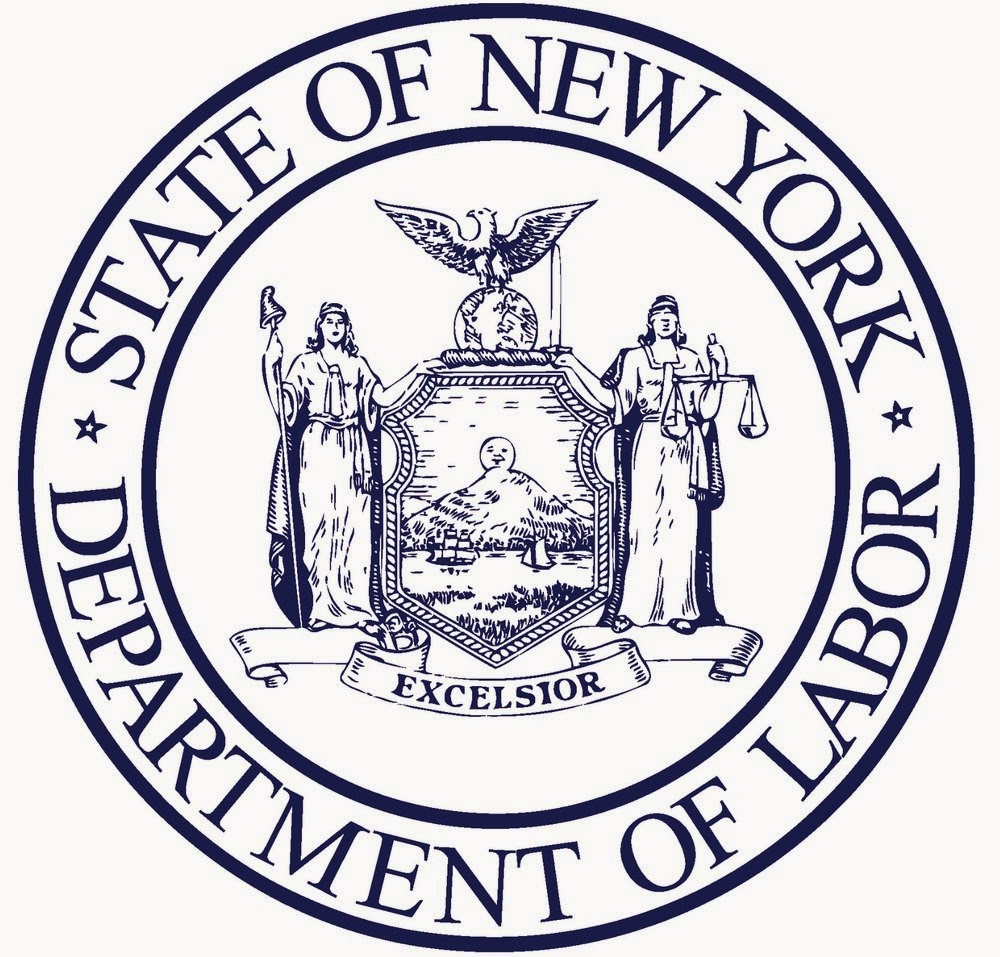One question I receive frequently from my clients is, "why are there so many different forms to fill out?" The short answer is that the Department of Labor requires the filing of such forms to ensure that their files comply with federal regulations. The long answer is that the Longshore & Harbor Workers' Compensation Act, as extended by the Defense Base Act, incorporated many provisions of the New York Workers' Compensation Law ("NYWCL"), a notorious formulaic workers' compensation framework. One can easily trace the Longshore forms' roots in the NYWCL, as almost all are similar in appearance, name and intent. For example, the NYWCL C-7 denial form, became the LS-207; the NYWCL C-3 claim form, became the LS-203; the NYWCL C-2 notice form, became the LS-202; and so on.
Below, I address some of the more common forms used during a claim for benefits under the Defense Base Act, and Longshore & Harbor Workers' Compensation Act. In addition, I provide links to the PDF version of each form for ease of reference.
Pre-Hearing Statement. This form is filed by either the Claimant or insurance company to request a formal hearing before the Department of Labor's Office of Administrative Law Judges following the issuance of a Memorandum of Informal Conference. Once the OALJ receives this form from the OWCP's District Director, they will issue a Notice of Hearing and Pre-hearing Order formally placing a claim on the trial calendar.
Report of Earnings. This form is usually served upon a Claimant by an insurance company in order to obtain a record of the Claimant's earnings to justify the payment of ongoing disability compensation benefits. Failure to respond to the same in a timely manner may result in the forfeiture of compensation payments.
Employer's First Report of Injury or Occupational Illness. This form must be completed by an Employer following an employee's work-related injury. Failure to properly file the same with the Office of Workers' Compensation Programs will result in harsh penalties, and will toll the statute of limitations for both traumatic and occupational injuries.
Employee's Claim for Compensation. This form is filed by an injured employee with the US Department of Labor to formally request the payment of medical and/or compensation benefits following a work-related injury. The DBA and LHWCA provide strict timelines for the filing of a claim, so it is best to retain a knowledgeable attorney immediately following a work-related injury to preserve the right to seek disability compensation benefits.
Payment of Compensation Without Award. This form is completed by the insurance adjuster assigned to a claim, and notifies the Department of Labor that the responsible insurance company is making voluntary payment of indemnity benefits to the injured employee.
Notice of Controversion of Right to Compensation. This form is filed by an insurance company to deny a claim for benefits brought by an injured employee. Oftentimes, some insurance companies will automatically file this form out of an abundance of caution on all claims that require further investigation. Receipt of this notice should not deter you from pursuing a valid claim for disability benefits. Should you receive this form from your insurance company, immediately retain an attorney.
Notice of Final Payment or Suspension of Compensation Payments. This form is filed by an insurance company following the payment of all compensation benefits they believe are due to an injured employee. Failure to file the same in a timely manor results in a small fine charged against the responsible insurance company.
Claim for Death Benefits. This form is filed with the Department of Labor by a statutorily defined dependent in order to obtain death benefits under the Defense Base Act, and Longshore and Harbor Workers' Compensation Act. This form must be filed within one year if the work-related death resulted from a traumatic incident, or two years if the death was an occupational death. More information about filing a claim for death benefits under the Defense Base Act can be found HERE.
Certification of Funeral Expenses. An LS-265 is completed by a funeral director, or a deceased worker's estate, and is accepted as evidence supporting the payment of funeral expenses. This form is generally required to receive reimbursement of funeral expenses up to the statutory maximum amount of $3,000.00.
Application for Continuation of Death Benefit for Student. Under the DBA and LHWCA, a deceased employee's children, who are over the age of 18, must be enrolled in school to continue receiving death benefits through the age of 23. Form LS-266 is completed by the relevant school's registrar, and is accepted as evidence supporting the payment of ongoing death benefits during enrollment. Generally speaking, the responsible insurance company will request this form to be completed biannually to rule out a possible overpayment of compensation benefits.
Waiver of Service by Registered or Certified Mail for Employers and/or Insurance Carriers. This form allows all compensation orders to be served upon an insurance carrier via email, to ensure prompt payment of benefits.
Waiver of Service by Registered or Certified Mail for Claimants and Authorized Representatives. This form allows all compensation orders to be served upon a Claimant via email, to ensure prompt payment of benefits.
Work Capacity Evaluation. Oftentimes, a treating physician will have no knowledge of the legal requirements of the Defense Base Act, or Longshore and Harbor Workers' Compensation Act. Accordingly, their written reports may fall short of what the Department of Labor requires to substantiate a disability claim. Accordingly, oftentimes the DOL will ask a physician to complete this form, along with a narrative report, to clarify their findings.
Located at 1 World Trade Center in New York, New York, Diamond Law Practice, PLLC was established to help injured workers recover under the Defense Base Act, Longshore & Harbor Workers' Compensation Act, and New York Workers' Compensation Law.
If you have a question about a potential claim, please do not hesitate to drop me a line at JDiamond@DiamondLawPractice.com. I am here to help.





